Step-by-step guide on how to make your home yoga practice work for you
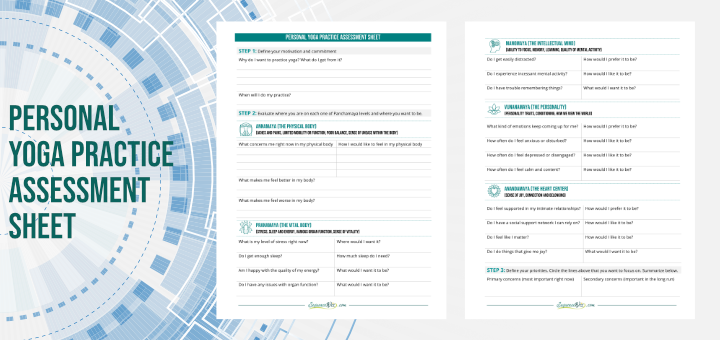
Do you do yoga for fun or for effect? This is the question that each one of us needs to answer before we decide which practices we want to do at home. If you do yoga for fun or general well-being, you can pick any practice you want at any time and have fun with it. You will definitely get some sort of short-term benefit from the practice and probably a moderate cumulative effect over time. This is similar to attending general yoga classes.
If you want your home yoga practice to have a specific, long-lasting impact on your health and well-being, you need to make it consistent and intentional. For that, you need to have a clear picture of what you are dealing with right now and which aspects of your experience you want to change. I put together this simple assessment sheet to help you clarify your thinking on the subject and figure out what would be the best practice for you going forward.
This planning tool will help you pinpoint the areas of your life that are lacking right now. Identifying those areas is not meant to make you feel bad about yourself but to set a direction for your efforts. Your yoga practice can help you with each one of those obstacles if you pick appropriate practices and stick with them.
Here is a step-by-step guide on how to make your home yoga practice work for you:
1. Fill out the assessment sheet.
2. Create an action plan based on your findings (see below).
3. Stick to your plan for one month.
After one month, take time to evaluate whether or not any change took place, correct course, if necessary, and keep on going.
How to create an action plan
1. Define your priorities by choosing the most pressing issues for you right now from the assessment sheet. Let’s say that you’ve defined your priorities as follows:
Primary: Nagging hip discomfort and poor sleep.
Secondary: Distracted mind and feeling of anxiousness.
2. Decide when you will do your practice and how often. It always works best to “hook” your practice to some other regular activity or a particular time slot. For example, you can do your practice three times a week after work.
3. Identify yoga practices to help with those primary and secondary issues. You can use our Home Yoga Practice app or any other resource you prefer. For example, you can use this assessment practice for the hips to get a better idea of which areas are weak and/or imbalanced and then make your practice choices more intentional.
4. Outline a simple plan for your practice that is both useful and interesting to you. This plan will depend on the sense of urgency, as well as your temperament and preferences. If you have an urgent issue that bothers you all day, messes up your sleep, and impacts your mood, it is best to address it first. When there are no urgent issues, you can be more selective and base your decisions on your personal preferences. Here are some examples:
• If you have a truly pressing issue, you can focus on that issue in all three practices.
• If there are no particular urgent issues, you might choose to deal with your primary concerns twice a week and your secondary concerns once a week. For example, you can focus on your hips once a week, on your sleep once a week, and on your distracted mind once a week. If possible, try to pick practices that address two or more of those issues at the same time.
• To keep things more interesting, you can choose to deal with whatever comes up once a week, deal with one primary issue once a week, and deal with one secondary issue once a week.
Some students need variety and get tired of the same practice quickly; others prefer to stick with the same practice for a long time. It is entirely up to you, just don’t lose sight of your primary and secondary concerns.
5. Support your efforts with life choices that reinforce the same ideas. For example, identify the activities that make your hips feel sore and replace them or modify them. Notice which activities make your hips feel good and do more of those. If you have trouble sleeping, become intentional about your sleep hygiene and the activities you do before bed. Simply remember that if you keep doing what you’ve always done, you will keep getting what you’ve always got. If you want any sort of meaningful change, you will need to modify some behaviors.
Follow through with your plan and see how it feels. When you begin to be intentional with your yoga practice, it helps to keep track of your response to different routines. You don’t need to write a novel about each one, but jotting down some key points about whether or not the practice had the desired impact on your system is very useful for monitoring your progress. You can use our Personal Yoga Practice Journal or just write in any notebook. Those notes will come in handy when you reevaluate your plan at the end of the month.
It is a good idea to reevaluate your efforts regularly (every month or every three months) to ensure that you are on the right track. Go through the assessment sheet again and note if any change took place. Modify your approach or choose different practices, if necessary, and continue with your practice.
And that’s it! When you bring intention and awareness to your yoga practice, everything changes. You begin to take ownership of your practice and make it more meaningful for you. You develop a deeper understanding of your own system and the impact you can have on it with your own actions. And that is truly empowering!
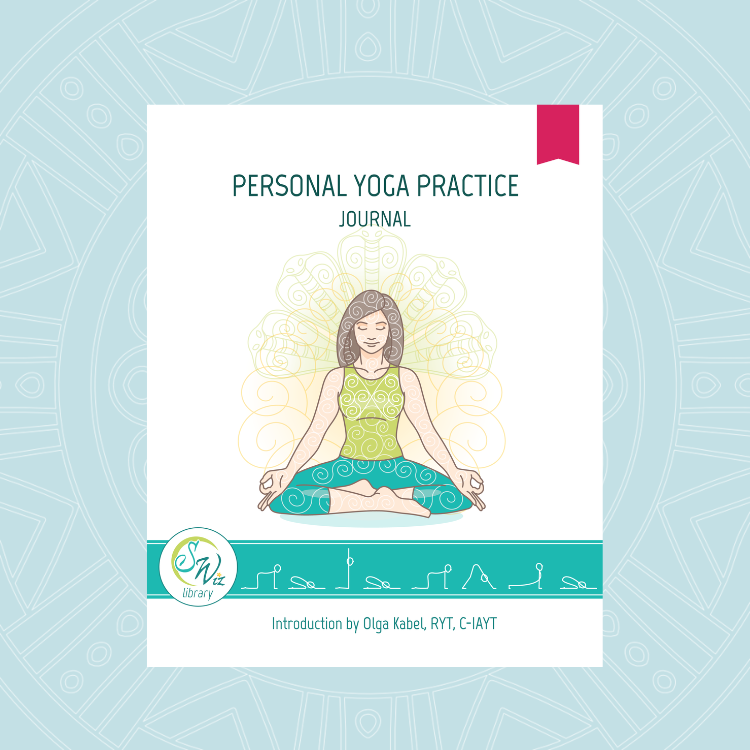
The Personal Yoga Practice Journal helps you create and record your home yoga practice. It enables you to build your yoga practice into your day and keep track of your progress. You can record your practices day-to-day, attending to the needs that arise, or plan for the month ahead.

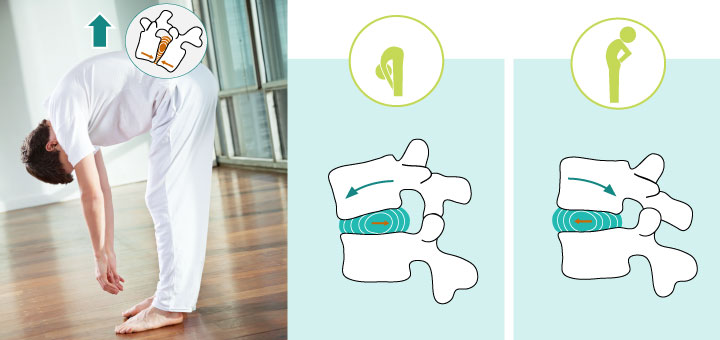
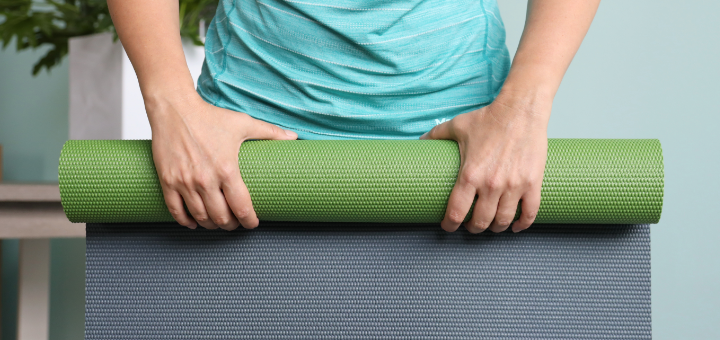


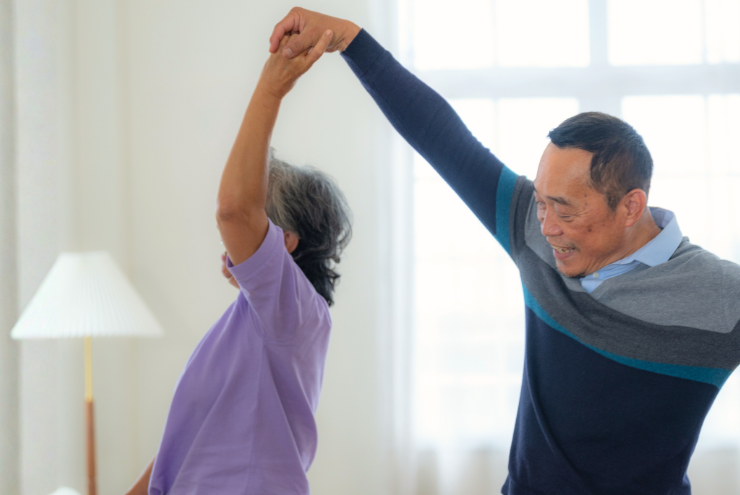
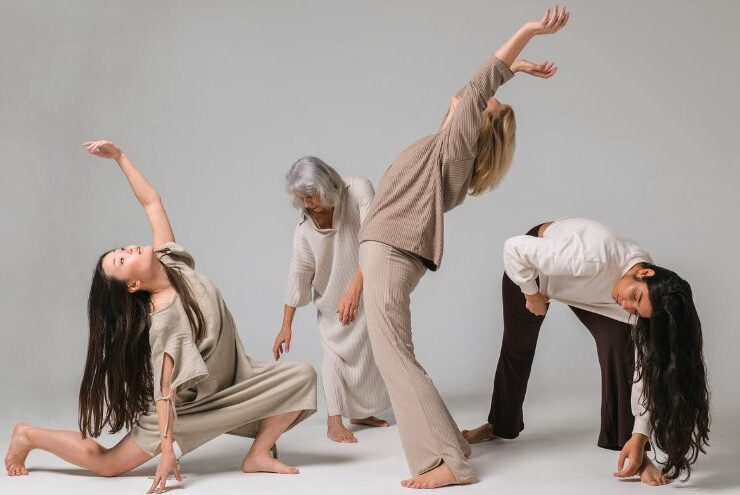



This is awesome. Thank you! I so appreciate these blog posts.
Excellent, thank you .